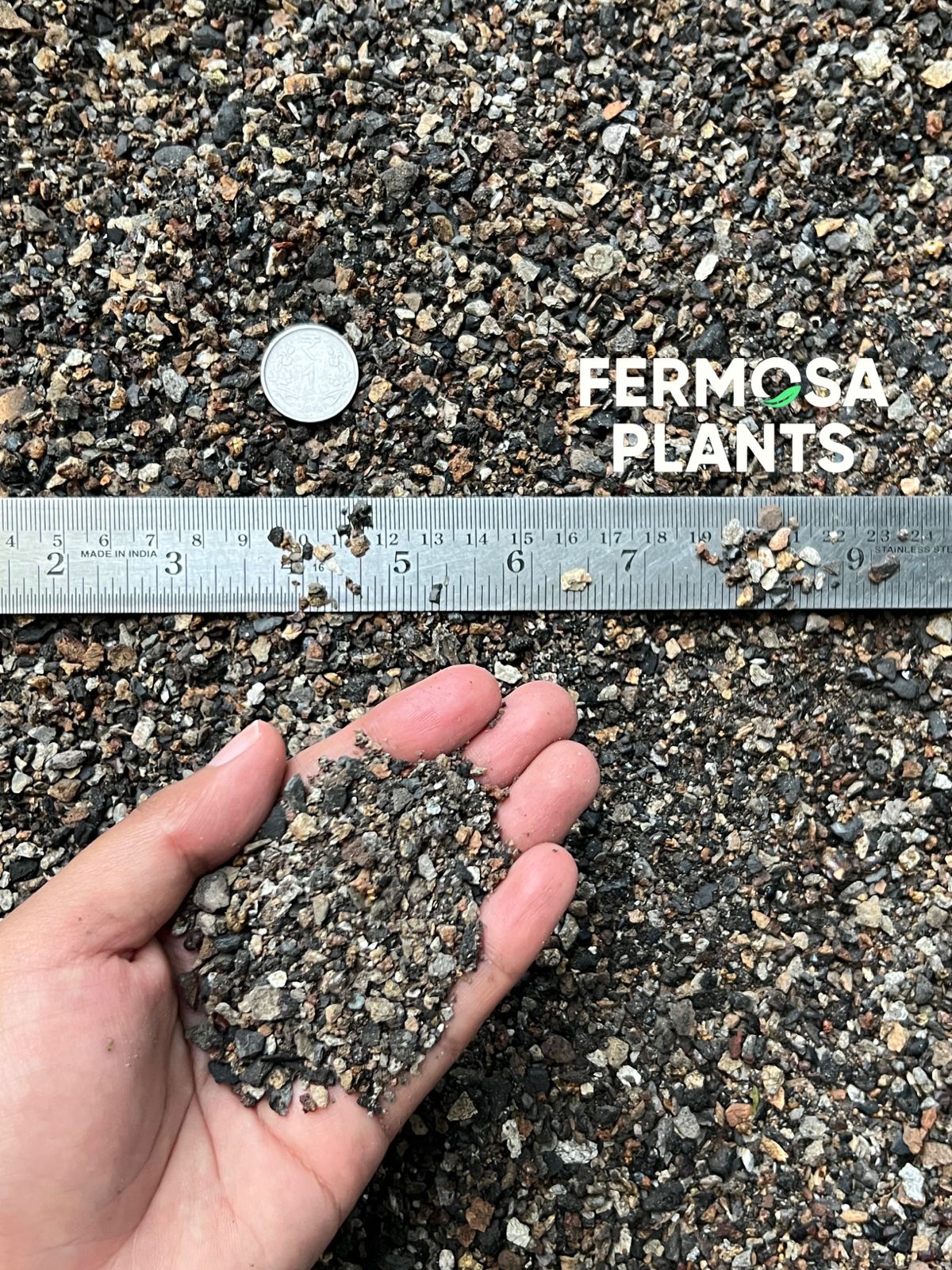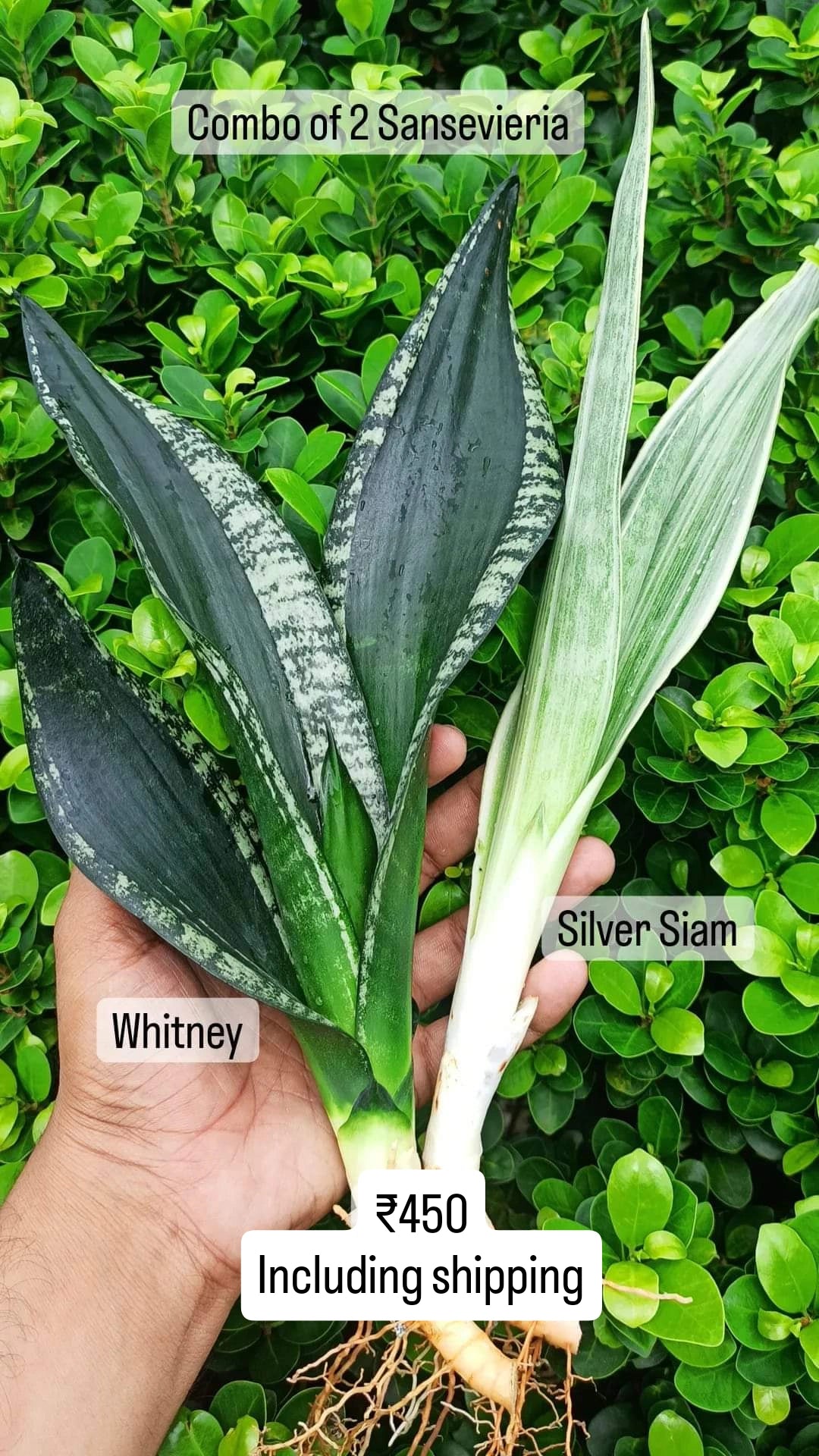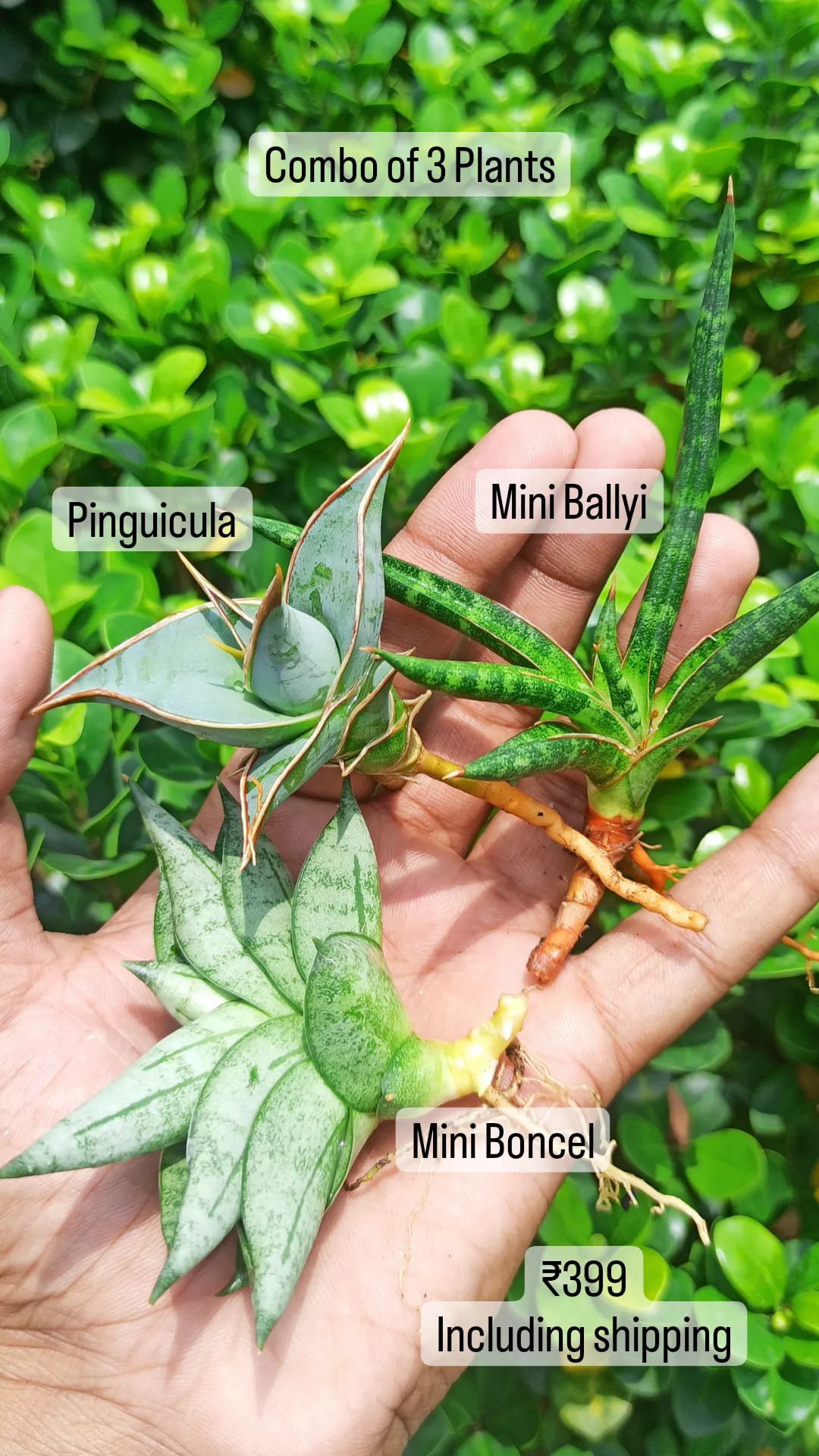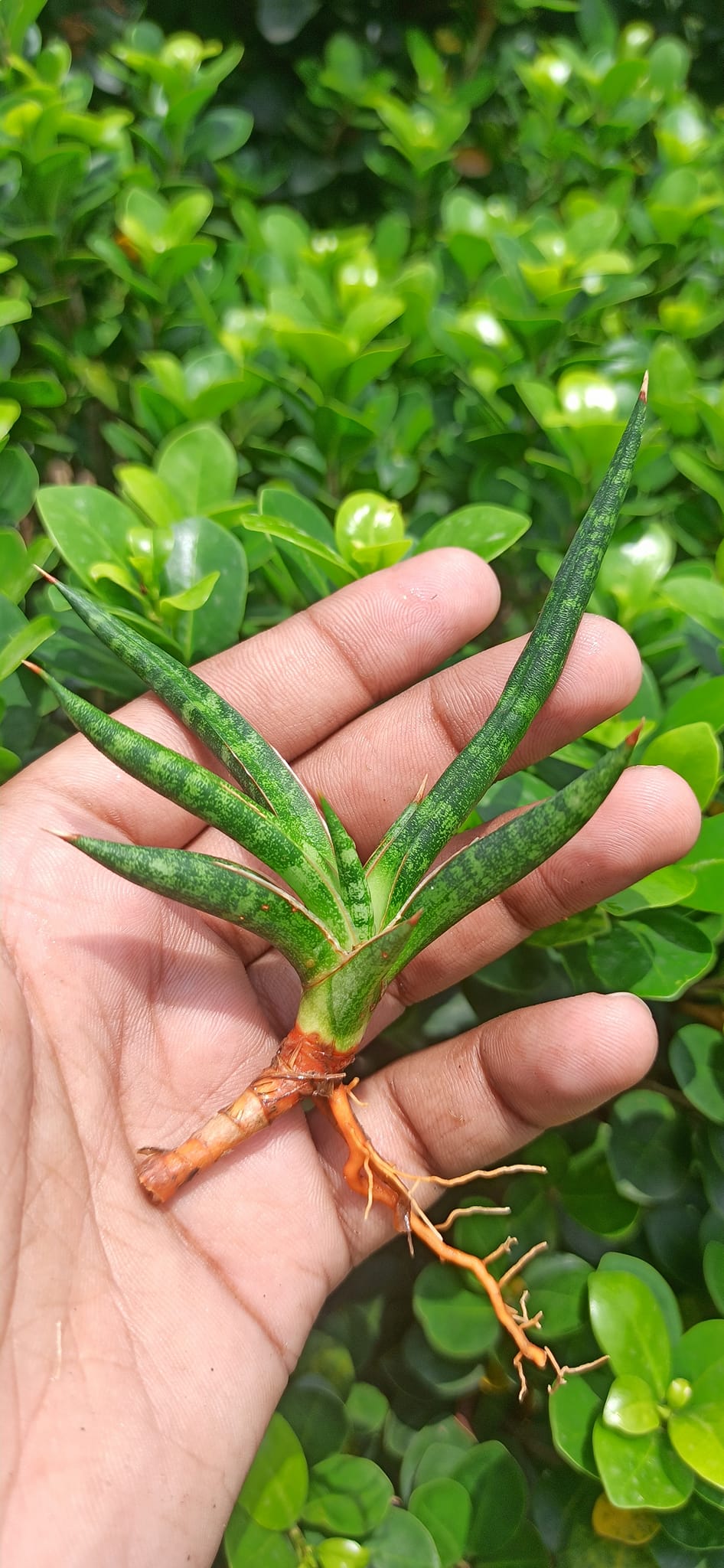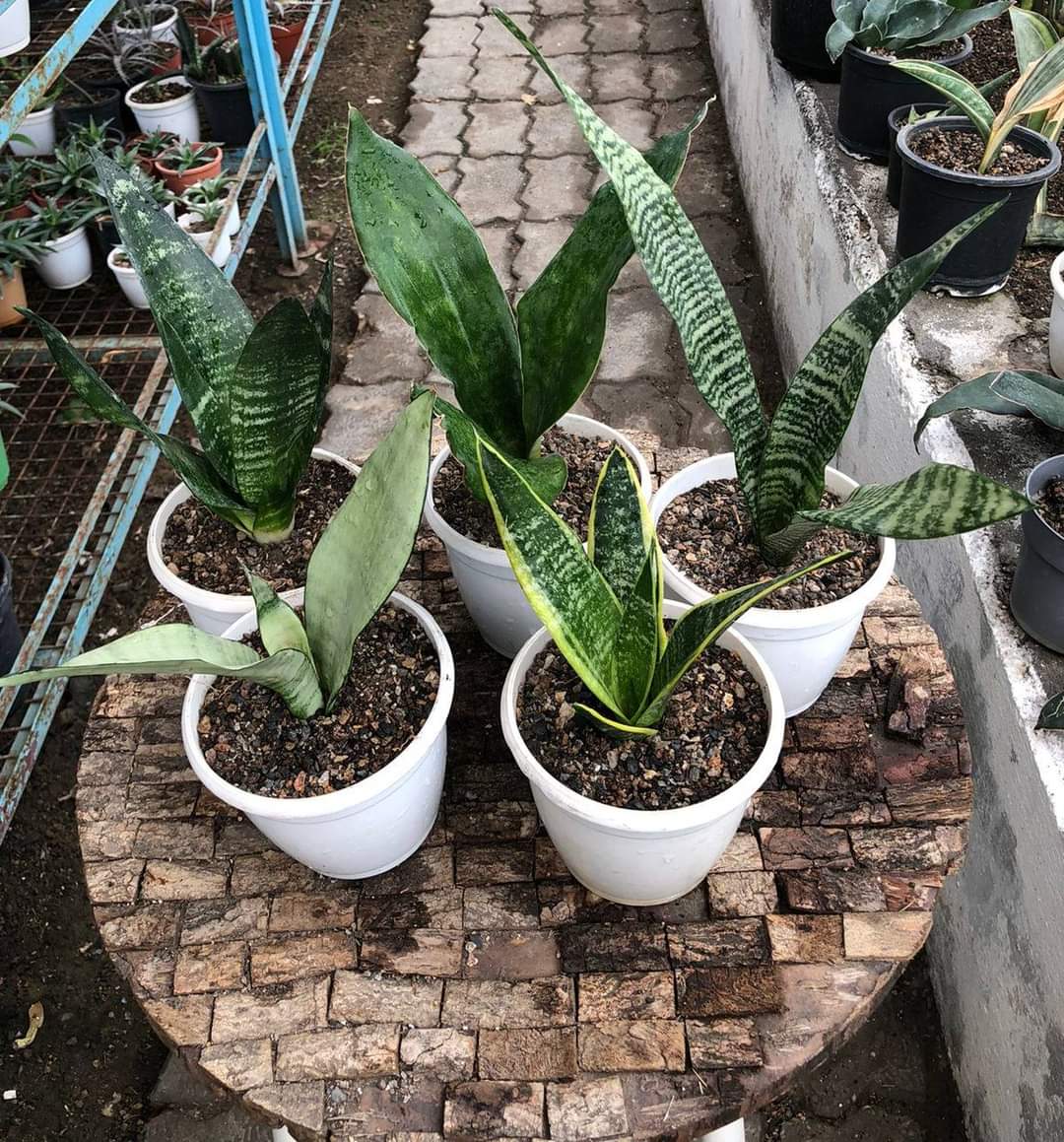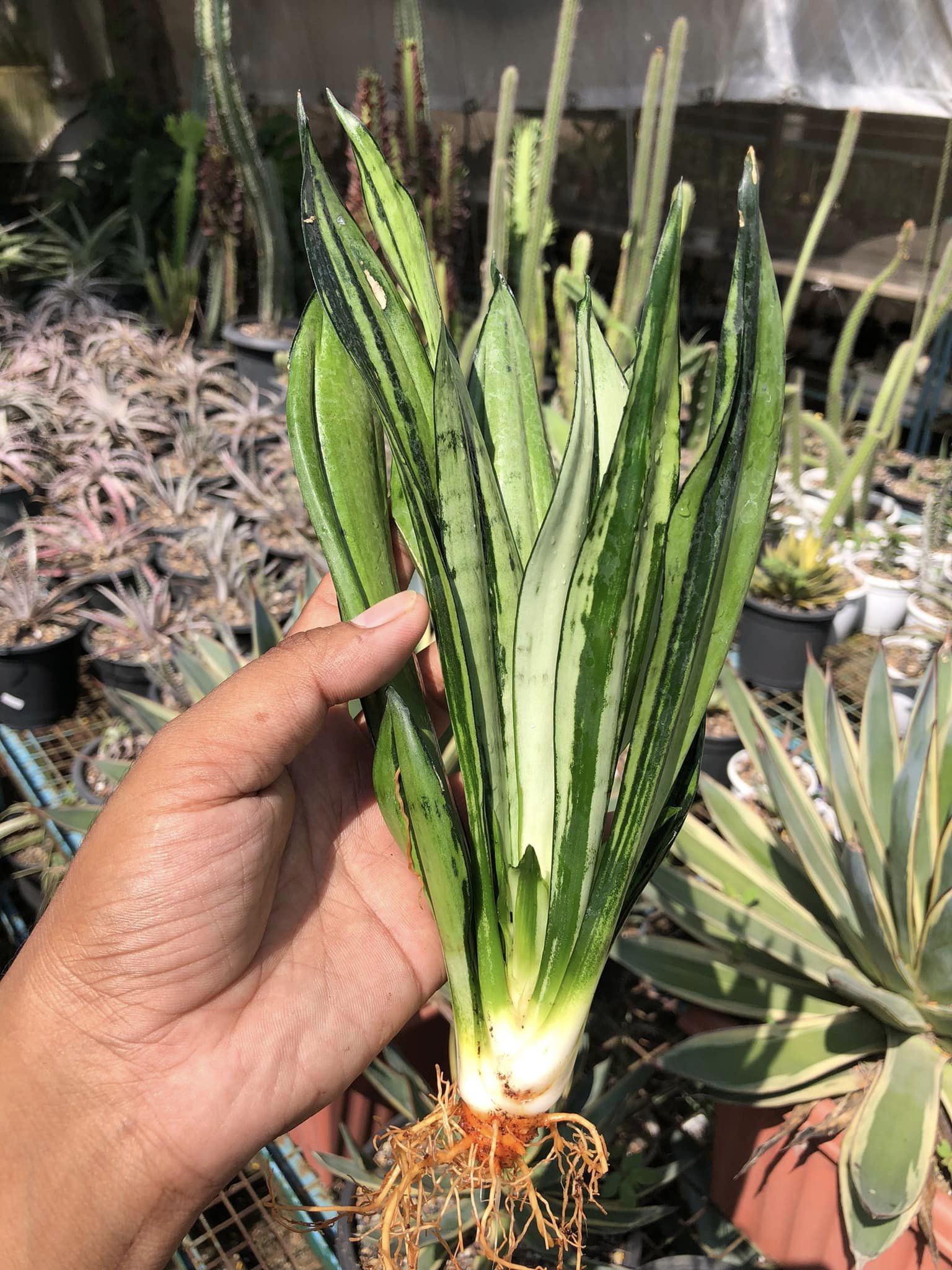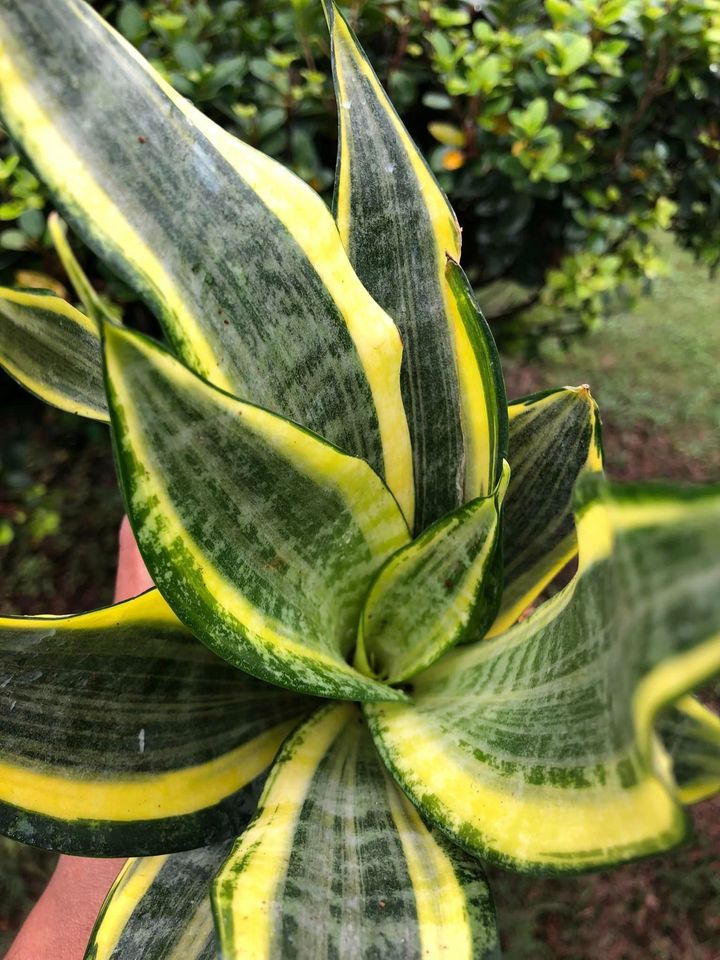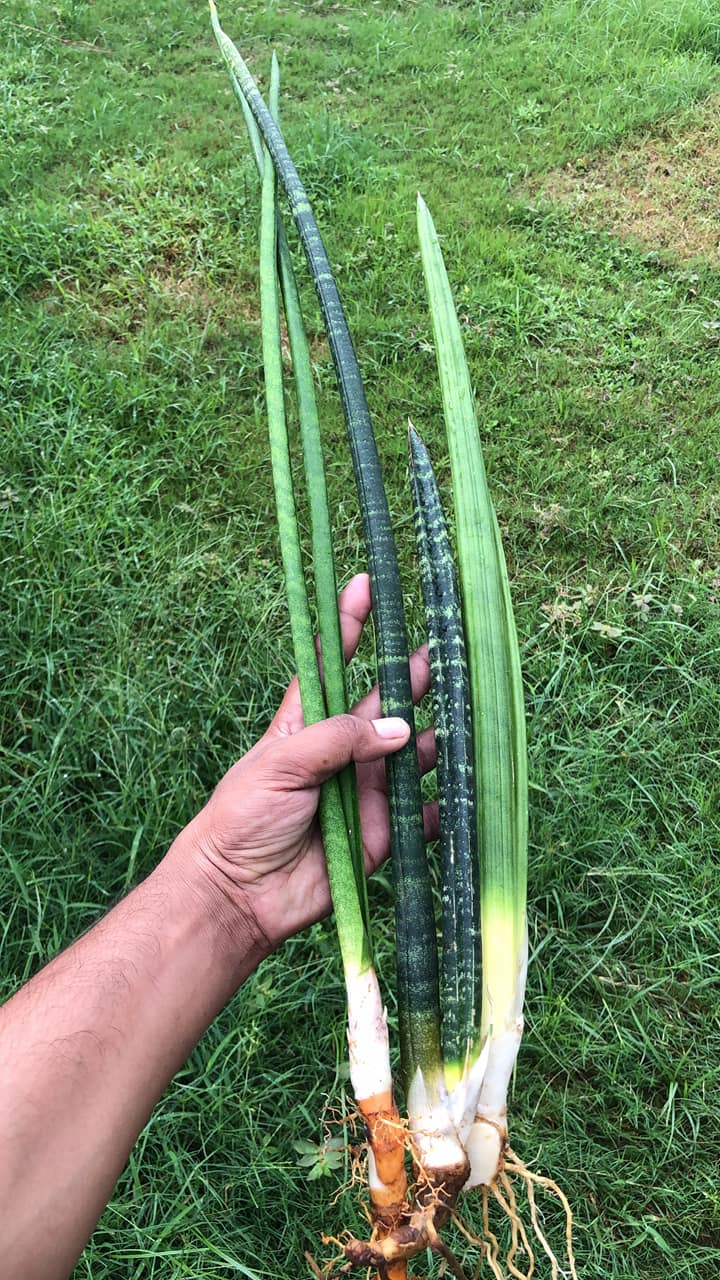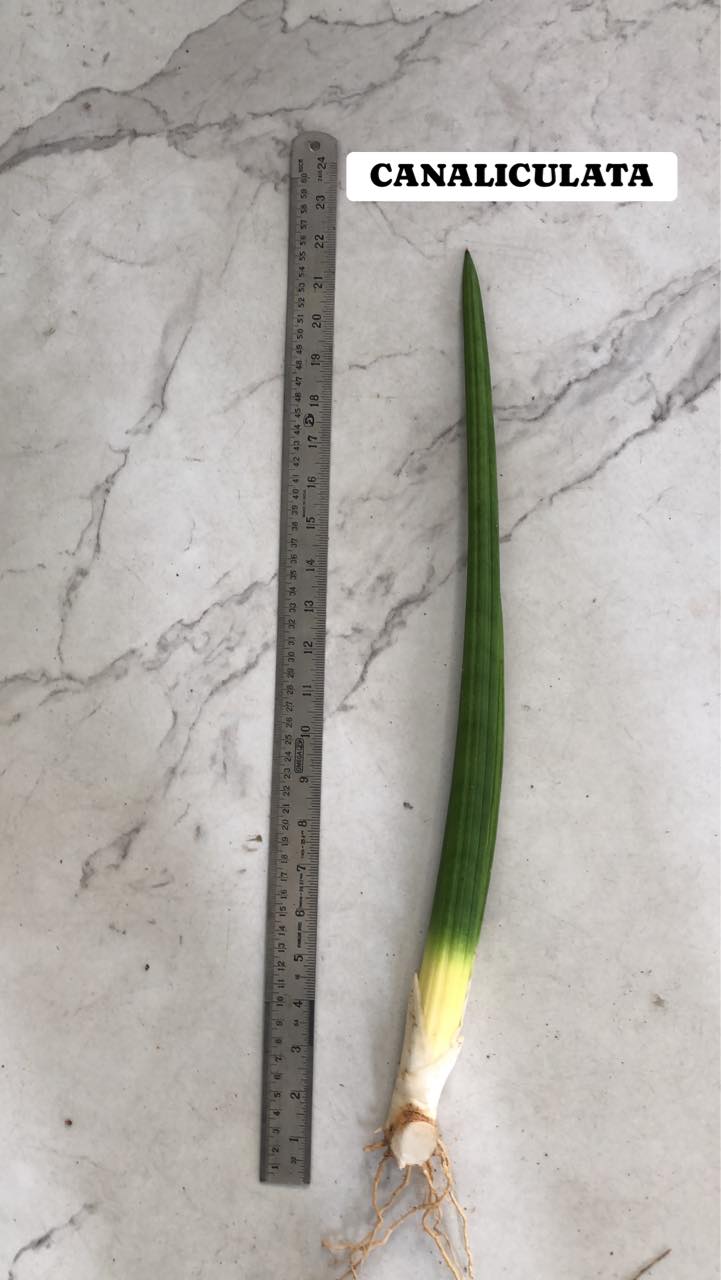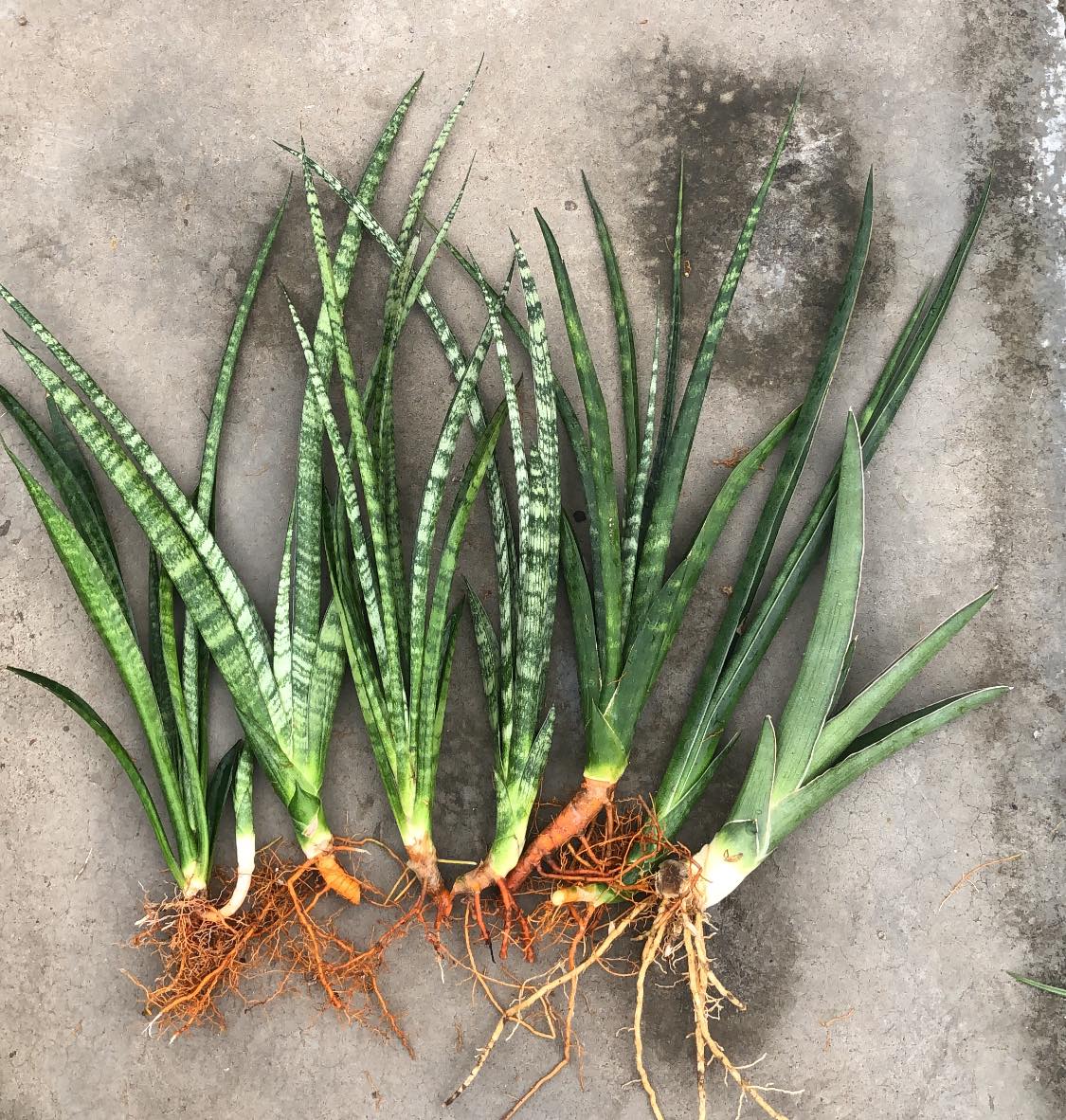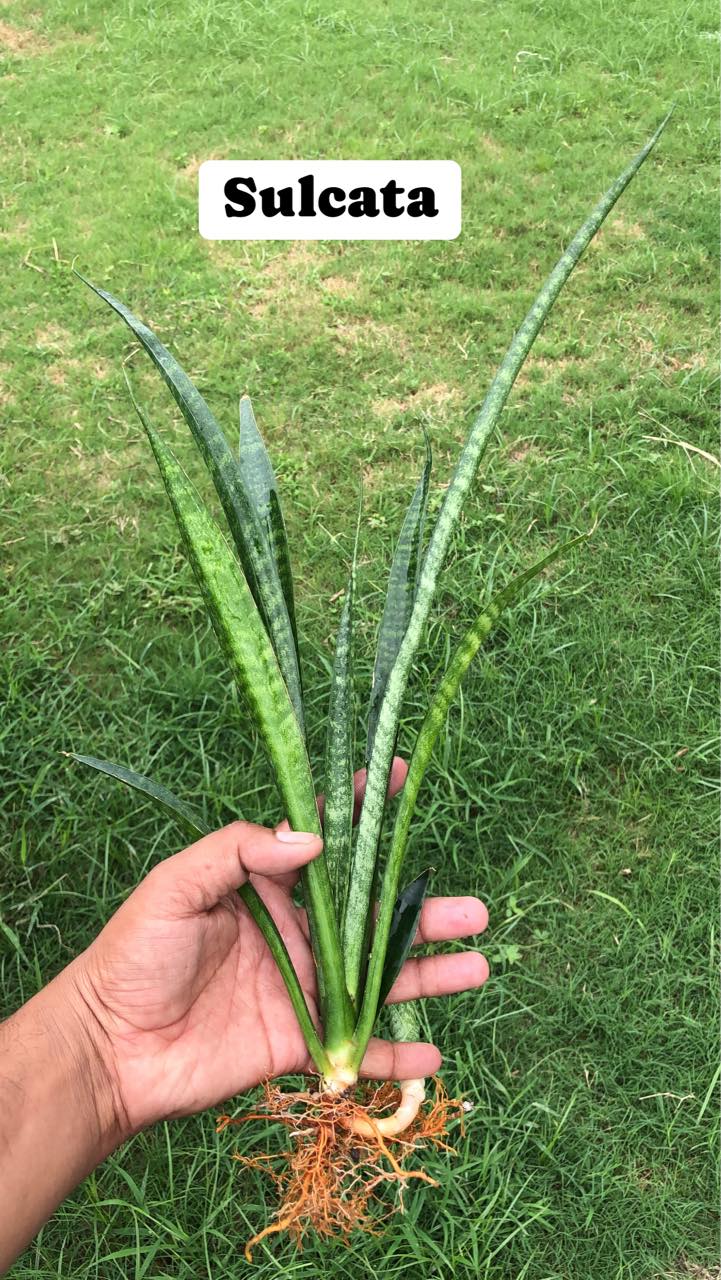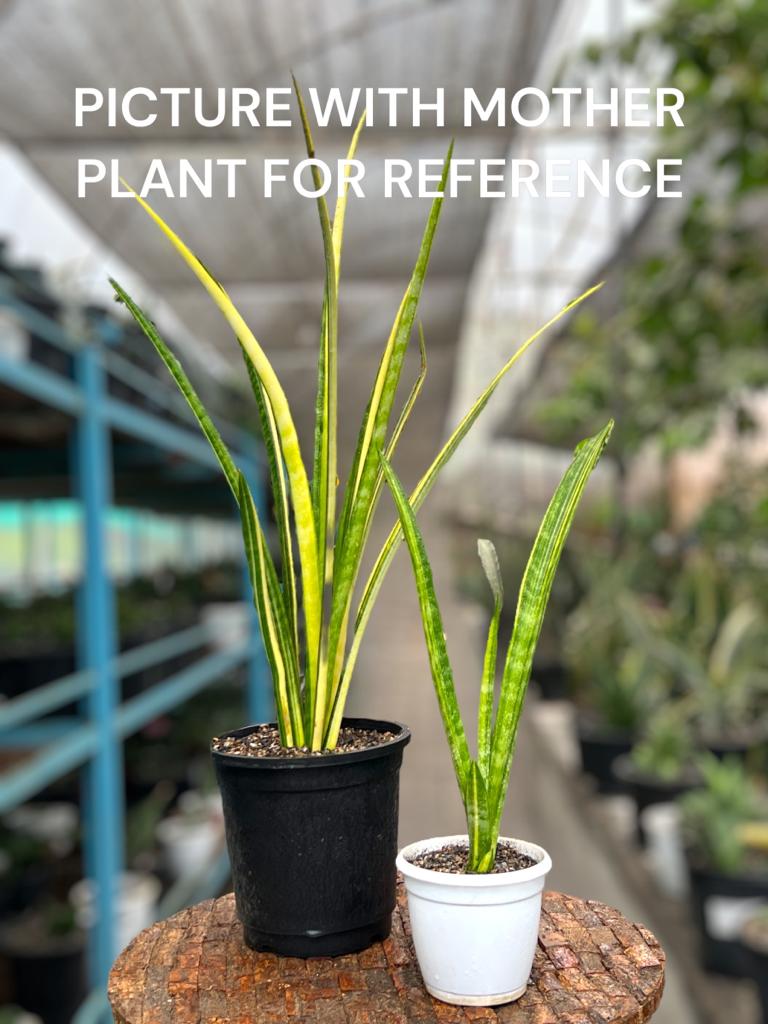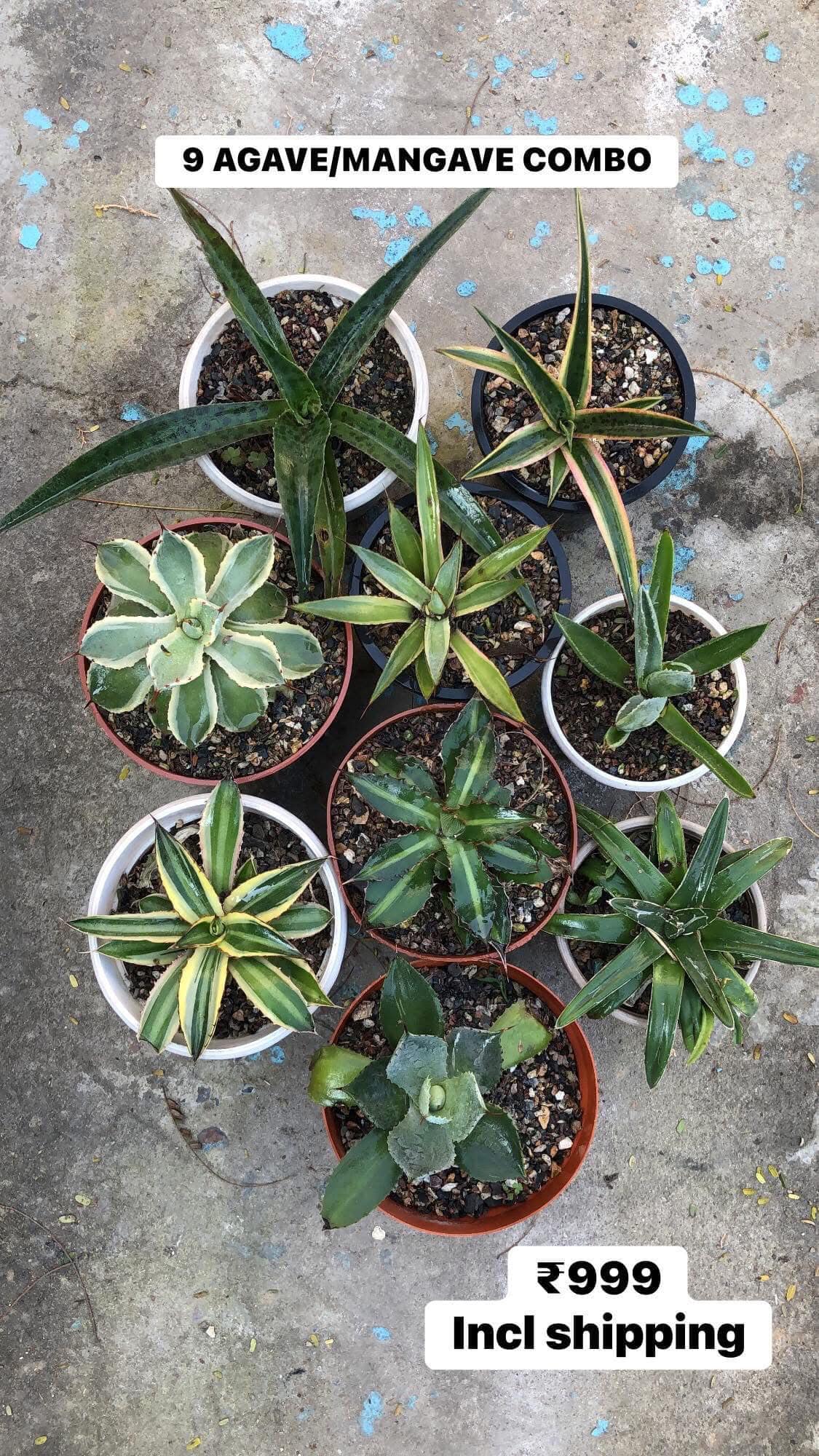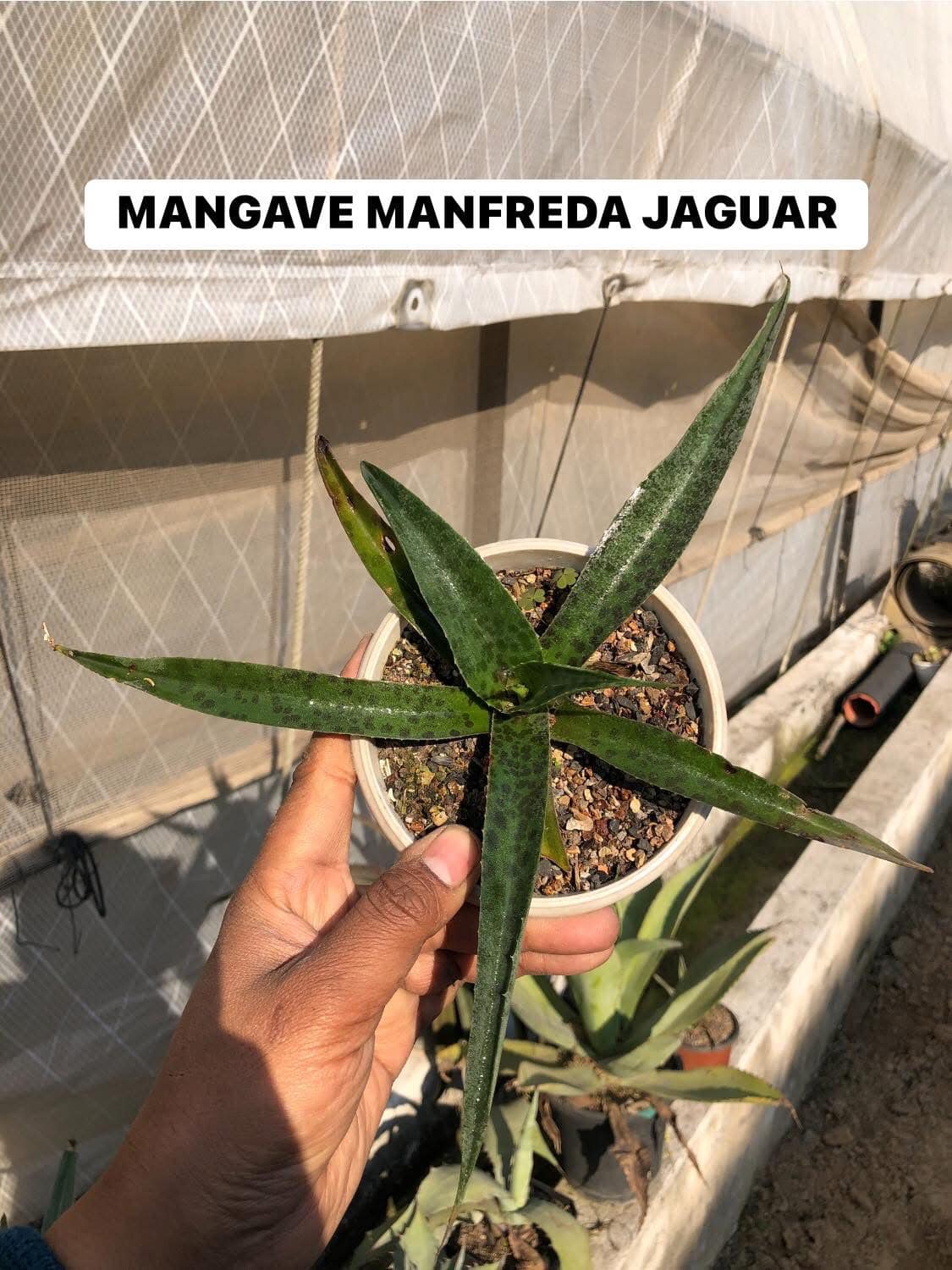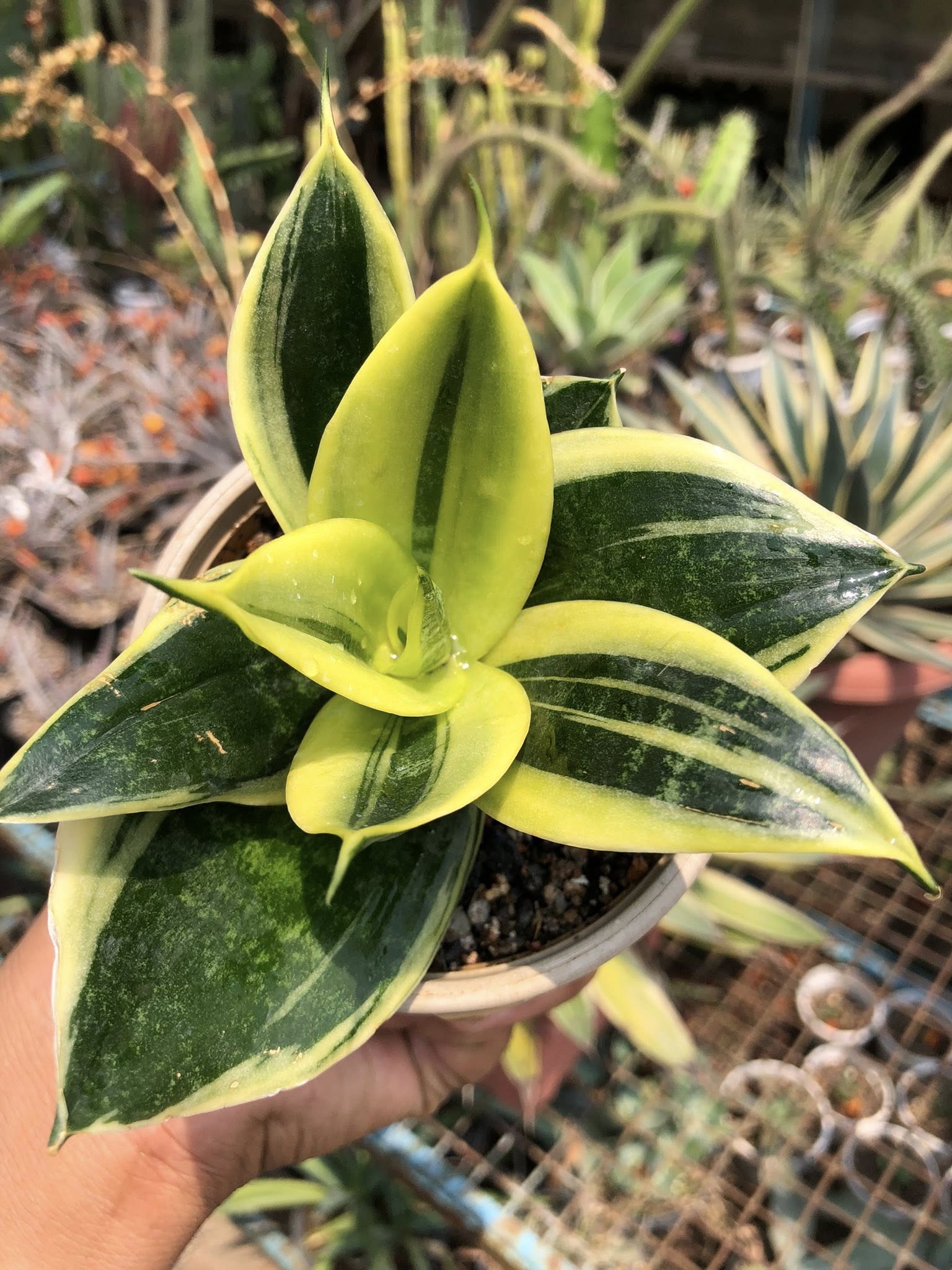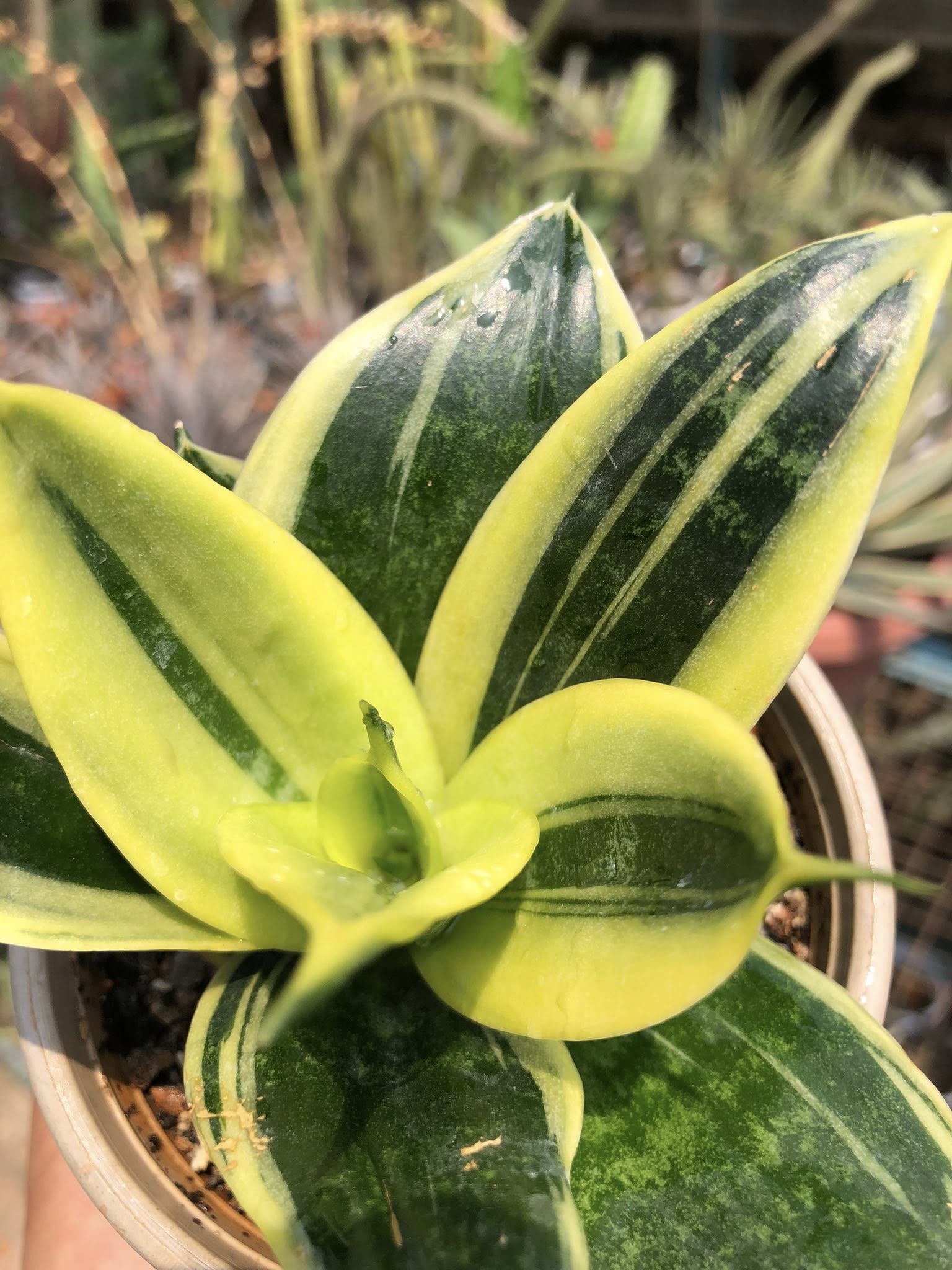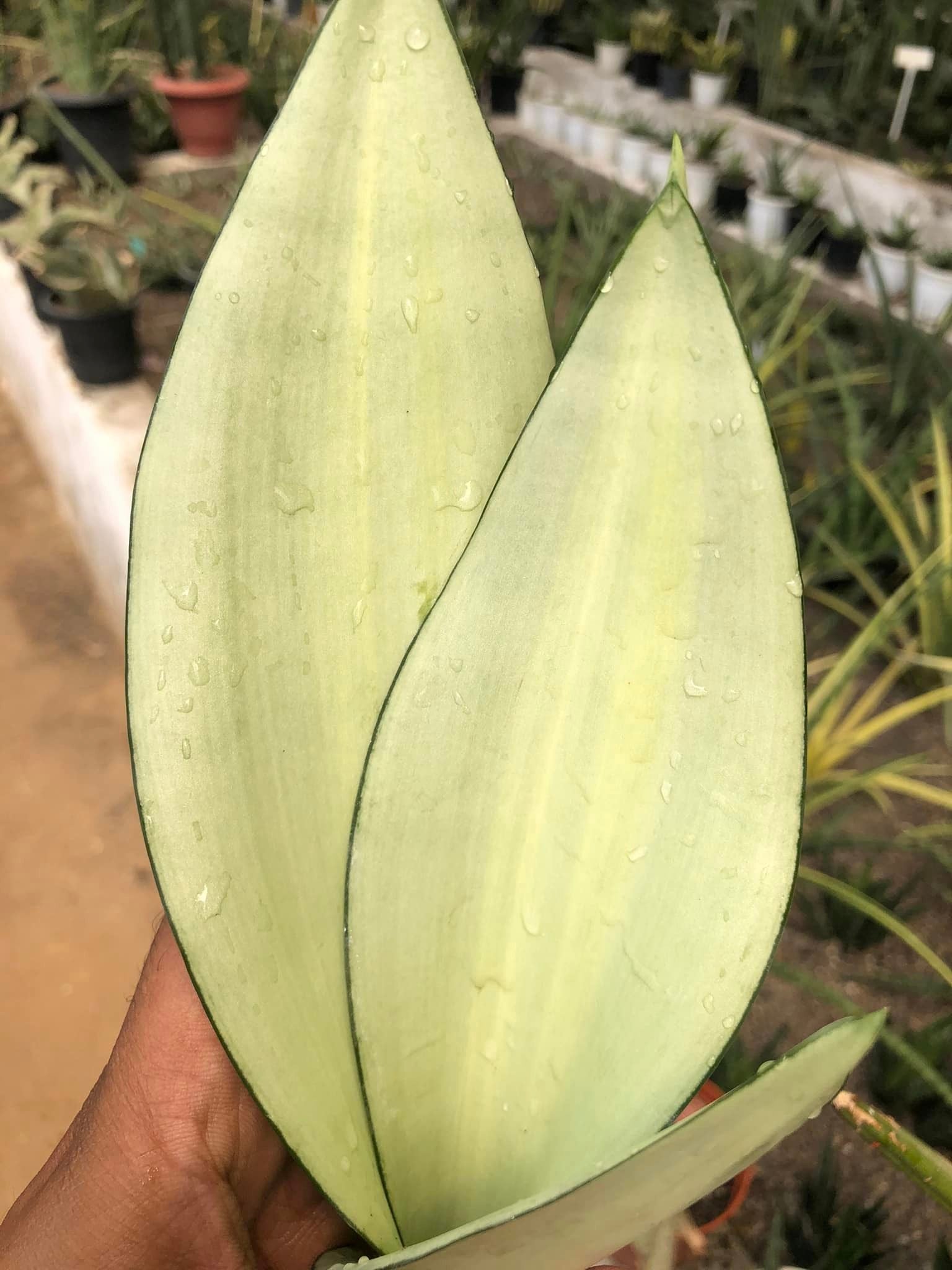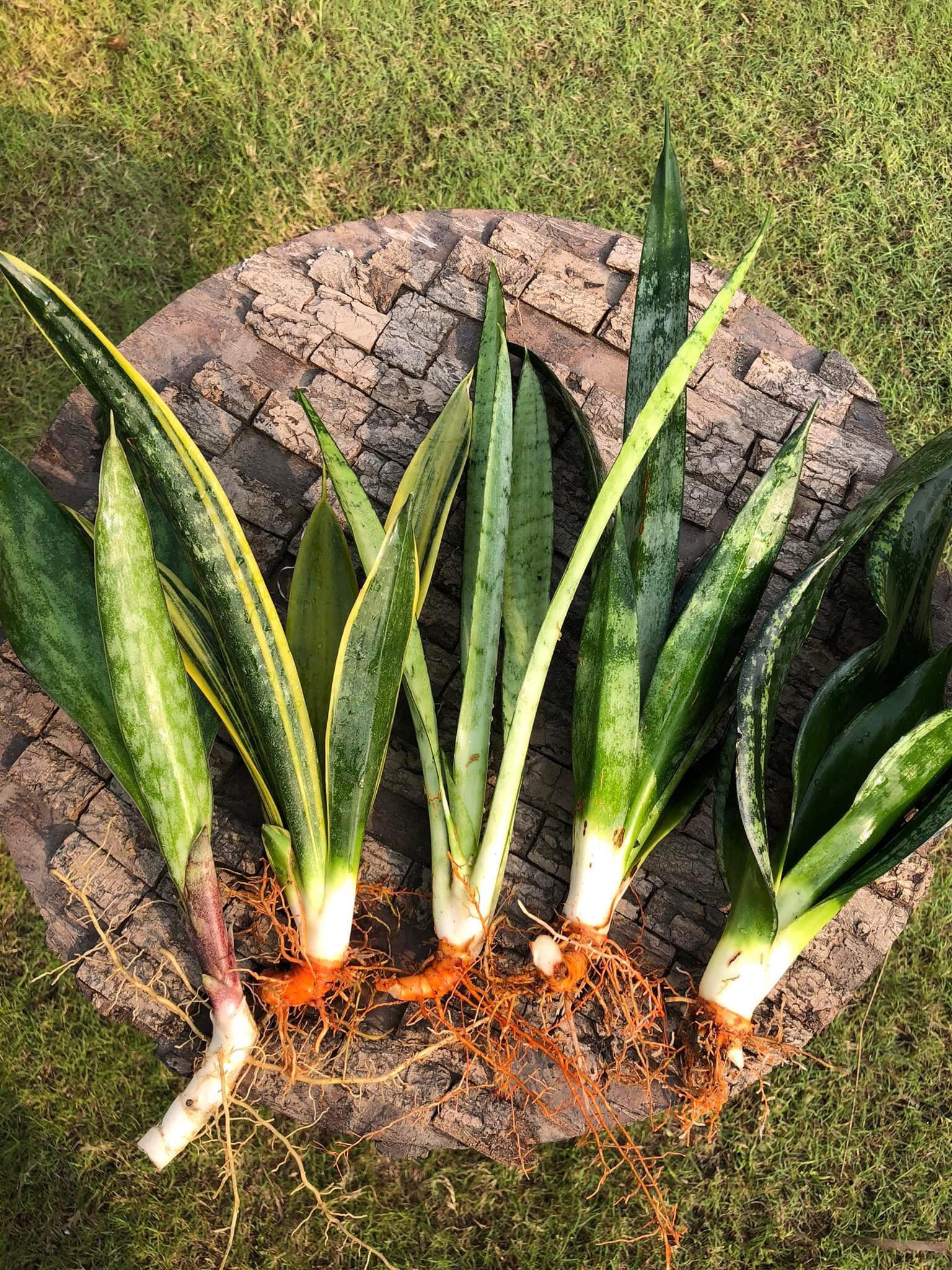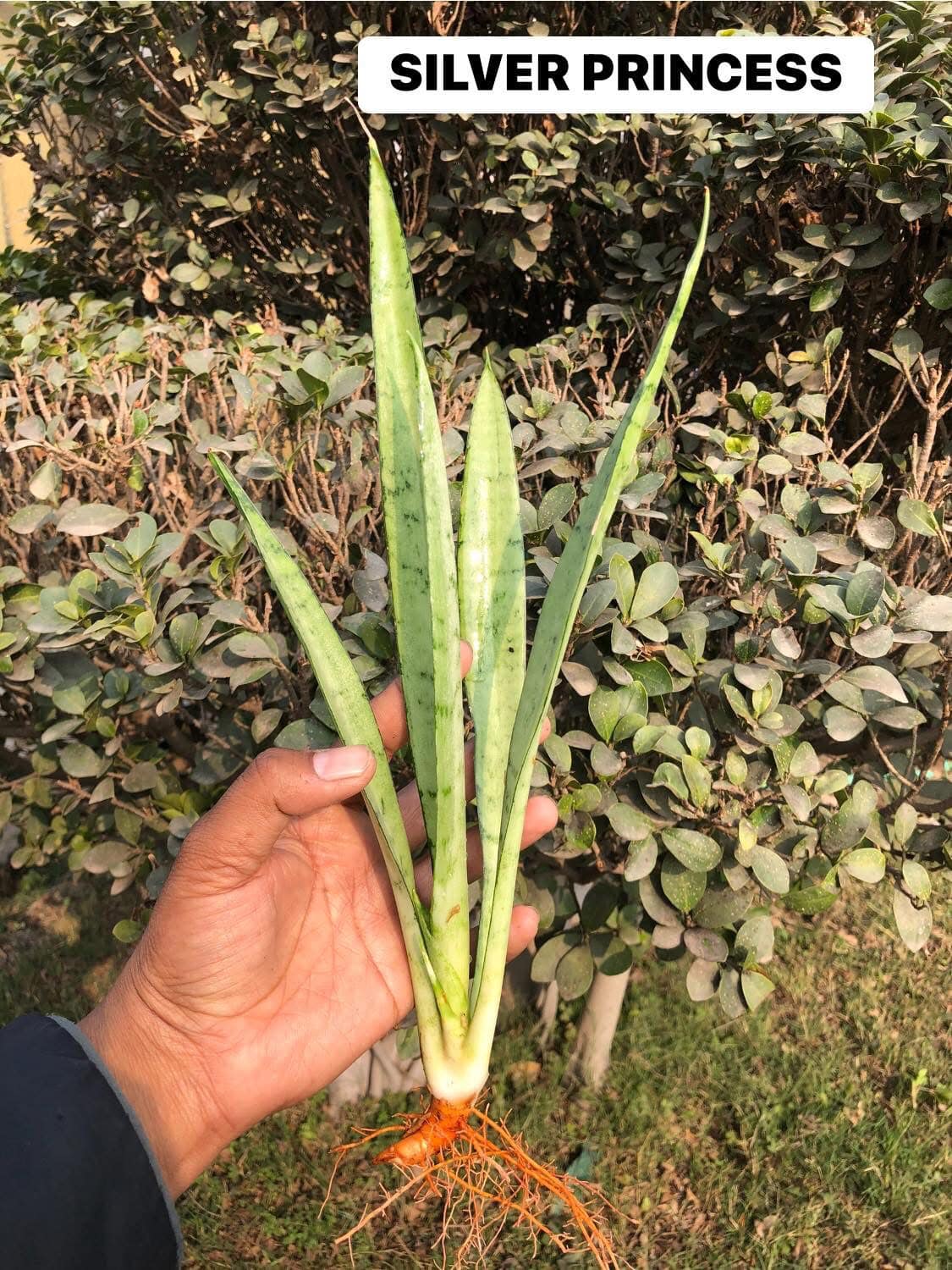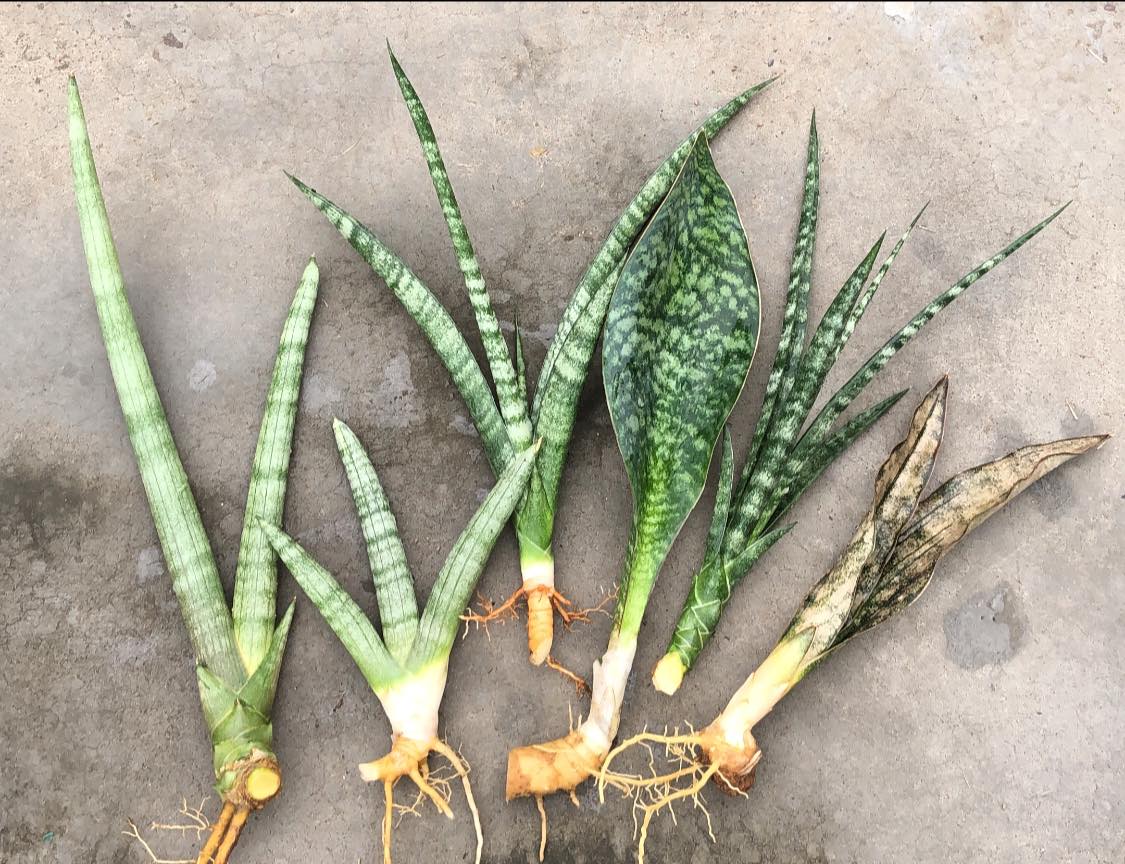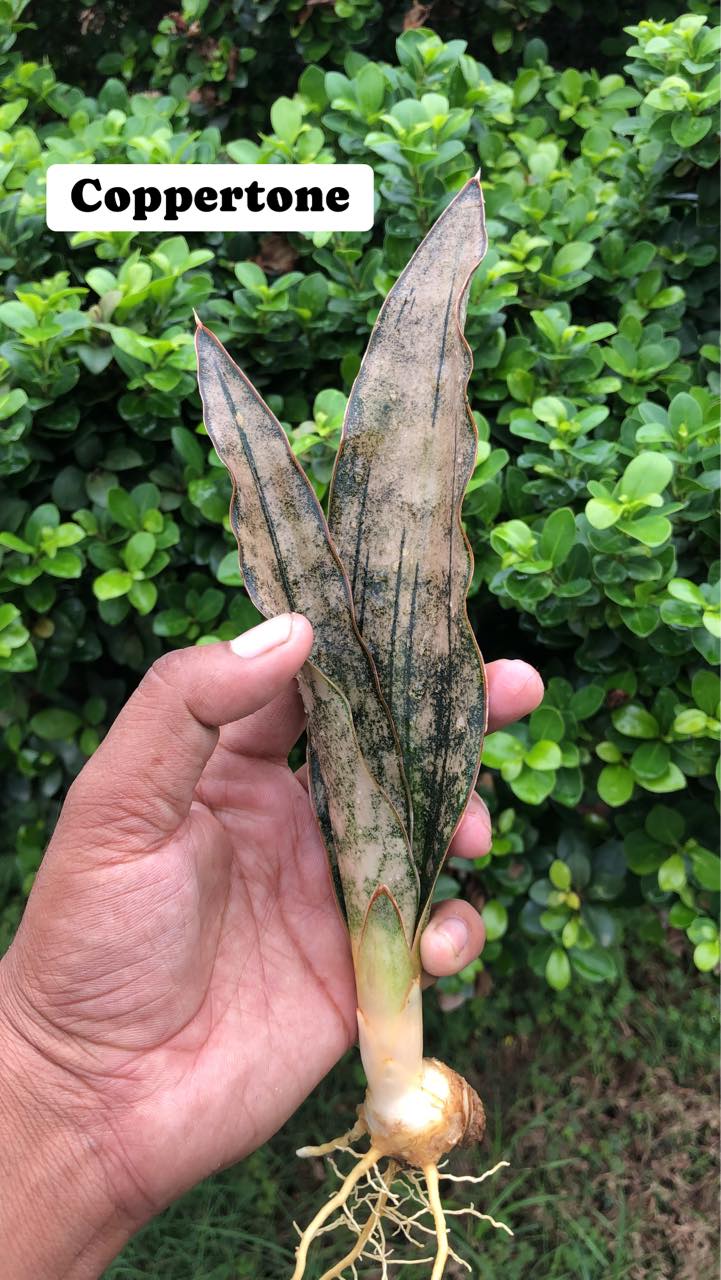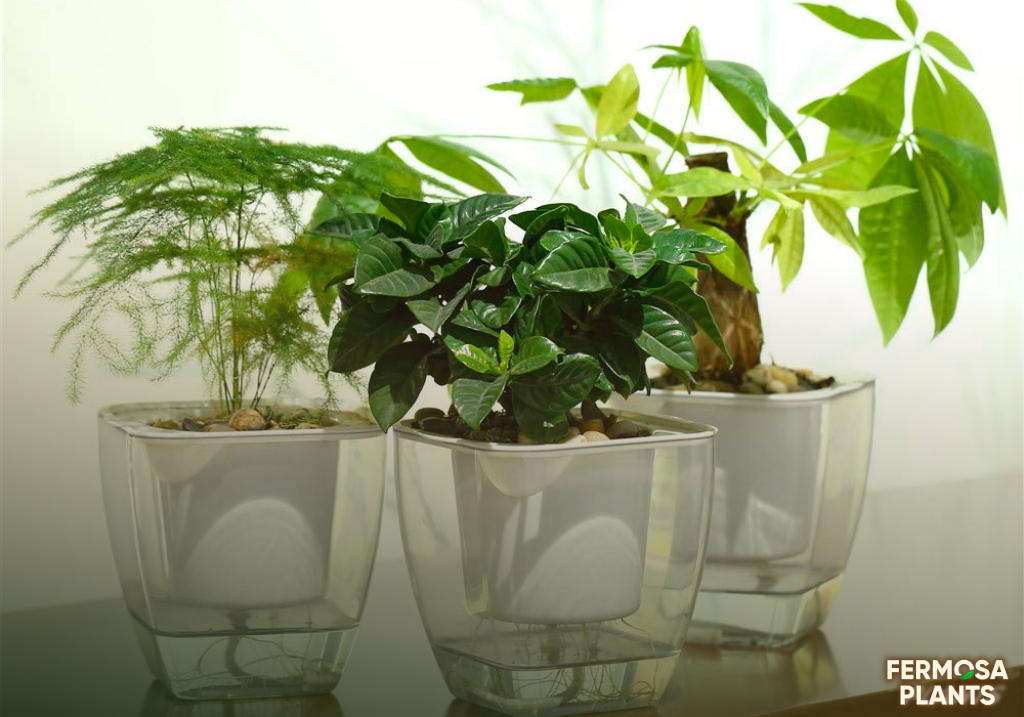
Self Watering Pots: The basic guide

From high-end, fancy planters to DIY planters made from buckets and plastic boxes, you can find a self-watering container to work with your price range and style. There are a vast number of options out there—or you can even make your own on the cheap.
The Advantages
Using self-watering containers can be the best way to grow some plants, particularly vegetables. By providing a consistent level of moisture directly to the roots of plants, self-watering containers can increase plant health and yield. Probably the most common mistakes gardeners make—even highly experienced gardeners—is to over-water plants. With a well-designed self-watering container, the plants will get just the amount of water they need to thrive.
Self-watering containers are also the perfect solution if you travel and can't keep up with the watering needs of your plants. They also work well if you have a place where you want a container, but its location makes it awkward or difficult to water.
How They Work
Self-watering containers work on a reservoir system. There is a water storage tank, usually at the bottom of the container, which you fill. There is an overflow hole, so excess water simply drains away. The soil soaks up the water from the bottom, so as long as you keep the reservoir filled, your plants get a consistent level of moisture, delivered directly to their roots.
The reservoir system makes self-watering containers very water-efficient. Because the water is stored out of the sun and wind, it evaporates slowly and with less water loss than if you sprayed water on your plants. There is also less chance of fungus and disease because you keep water off your plants' leaves by feeding them directly through their roots.



